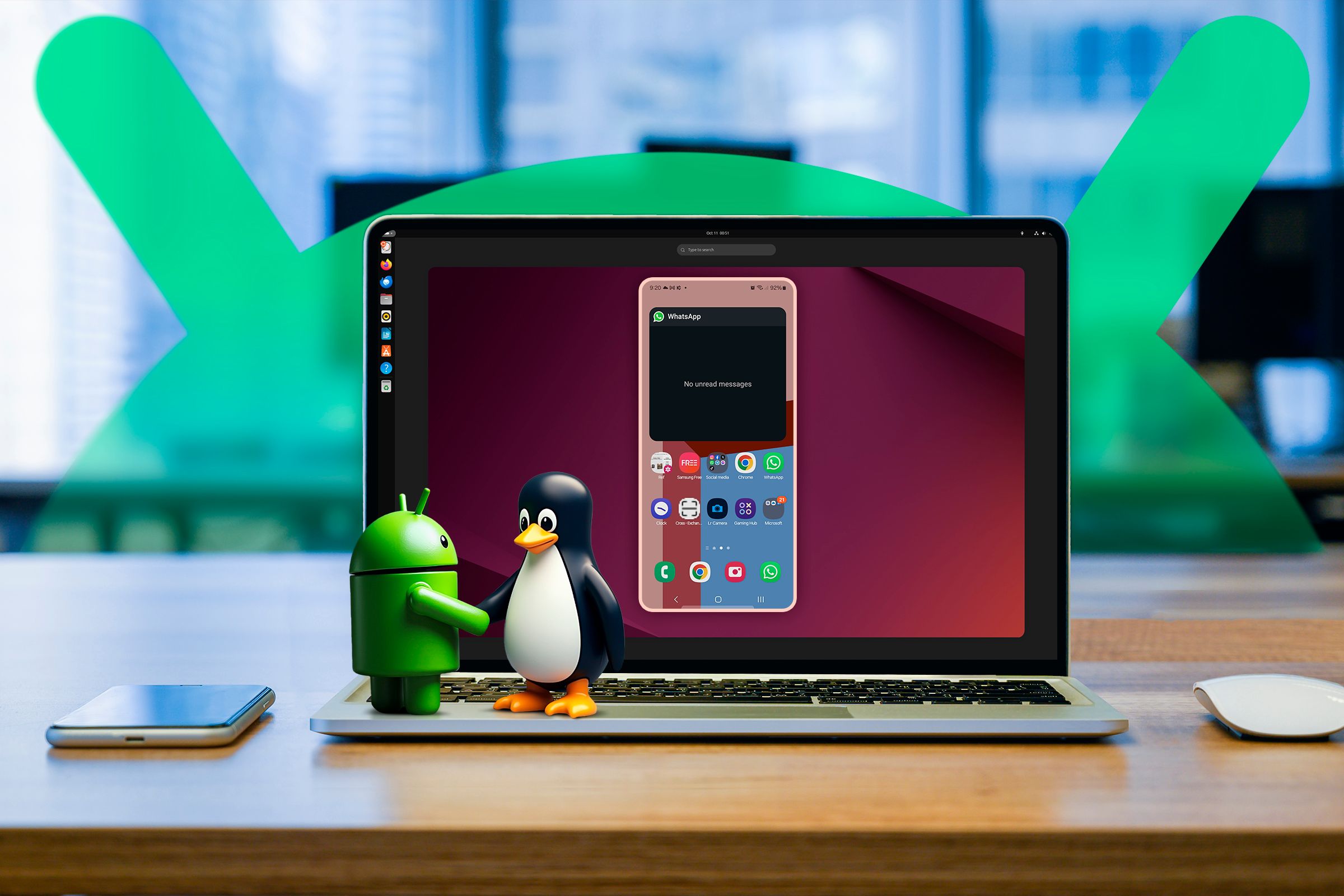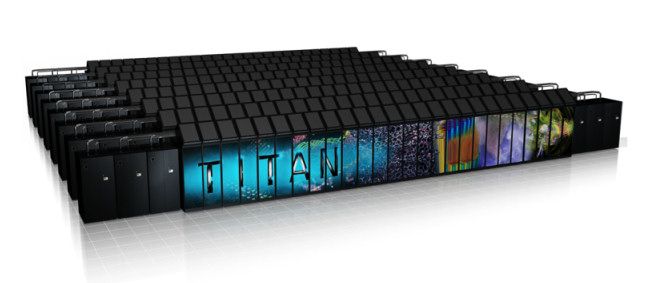You’ve probably used Linux today without even realizing it. From your phone to the cloud, it’s everywhere. Here are five surprising facts about Linux that most people don’t know.
5
Linux Powers the Internet More Than You Might Think
When most people think of operating systems, they picture Windows or macOS. But the OS quietly doing most of the heavy lifting online? That’s Linux.
Technically, Linux falls under the broader “Unix-like” family. It shares roots with Unix and borrows much of its design philosophy, but it’s not Unix itself. The Linux kernel was written from scratch in the early 90s by Linus Torvalds and released as open source software. It gave developers and companies total freedom to adapt and scale it as needed.
Today, that openness and the power when combined with the GNU project, has made Linux the default choice for the internet. According to W3Techs, Unix-based systems power nearly 90% of all websites, and Linux alone accounts for over 57%. That includes everything from cloud platforms to your bank’s login page. You won’t see a familiar logo, but behind the scenes, Linux is doing the work.
One reason Linux is so widely used is its flexibility. Sysadmins can customize a Linux system to run only what’s needed. That lean approach keeps things fast and stable. Linux servers also get timely security patches and updates, often without requiring a reboot. In industries where downtime is expensive, that’s a big win.
Think about the services you rely on daily—Netflix or Instagram. They run on Linux servers in the background. And it’s not just tech giants. Popular sites like DigiCert.com, NIH.gov, Mozilla.org, MIT.edu, Walmart.com, IRS.gov, and Xbox.com all run on Linux servers.
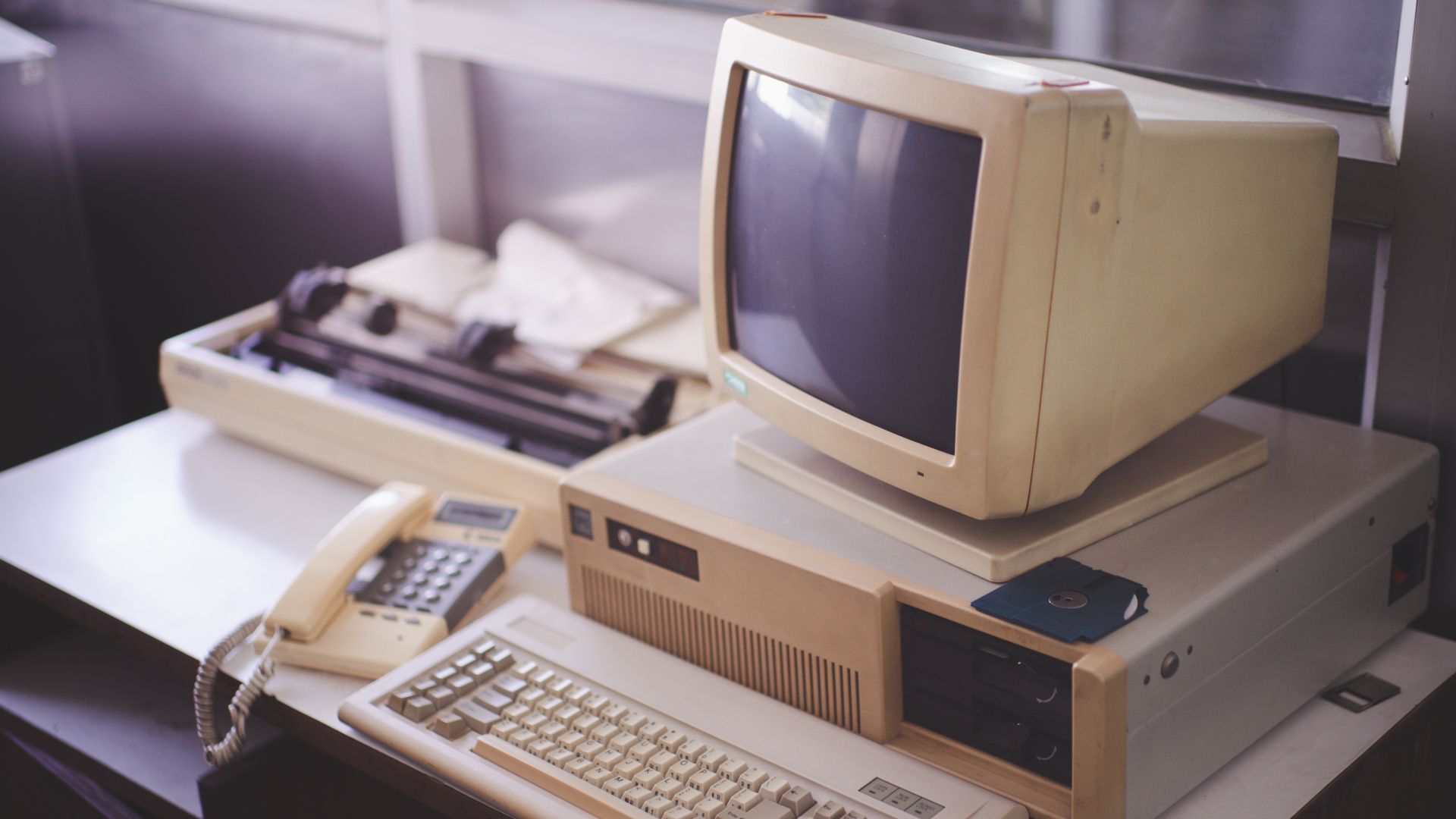
Related
Whatever Happened to Unix Workstations?
These powerful computers ruled technical tasks in the ’80s and ’90s. Can you still find one today?
4
Android Is Built on the Linux Kernel
If you’re using an Android phone, you’re already using Linux—sort of. Android runs on the Linux kernel, the core part of the operating system, which is outlined clearly in Android’s developer documentation. While it doesn’t look or behave like a traditional Linux desktop, it shares the same foundation. This shows how much Linux powers devices we use every day without thinking about it.
Android is designed to be touch-friendly and mobile-optimized, so most users never see anything that feels “Linux-y.” But it’s built on the same kernel that powers full desktop systems. And it’s not alone—Chrome OS is another example of Linux being adapted into something user-friendly and widely deployed. Even Samsung’s now-retired Tizen OS was Linux-based.
This speaks to Linux’s flexibility.
3
There’s No Such Thing as a Single “Linux OS”
Unlike Windows or macOS, Linux isn’t a single operating system. It’s a family of distributions, or distros, each designed for different users and goals. According to DistroWatch, there are hundreds of active Linux distributions, ranging from beginner-friendly options like Ubuntu and Zorin OS to more advanced setups like Arch and Kali.
Over the years, I’ve tried several in virtual machines. I started with Ubuntu but later explored Kali for penetration testing and Zorin OS for a more polished desktop look. Each distro brings something unique to the table—different default apps, desktop environments, and even update philosophies.
Some are designed for privacy (like Tails), others for speed on older hardware (like Puppy Linux or antiX). And package managers—Linux’s way of installing software—can vary from apt to pacman to dnf.
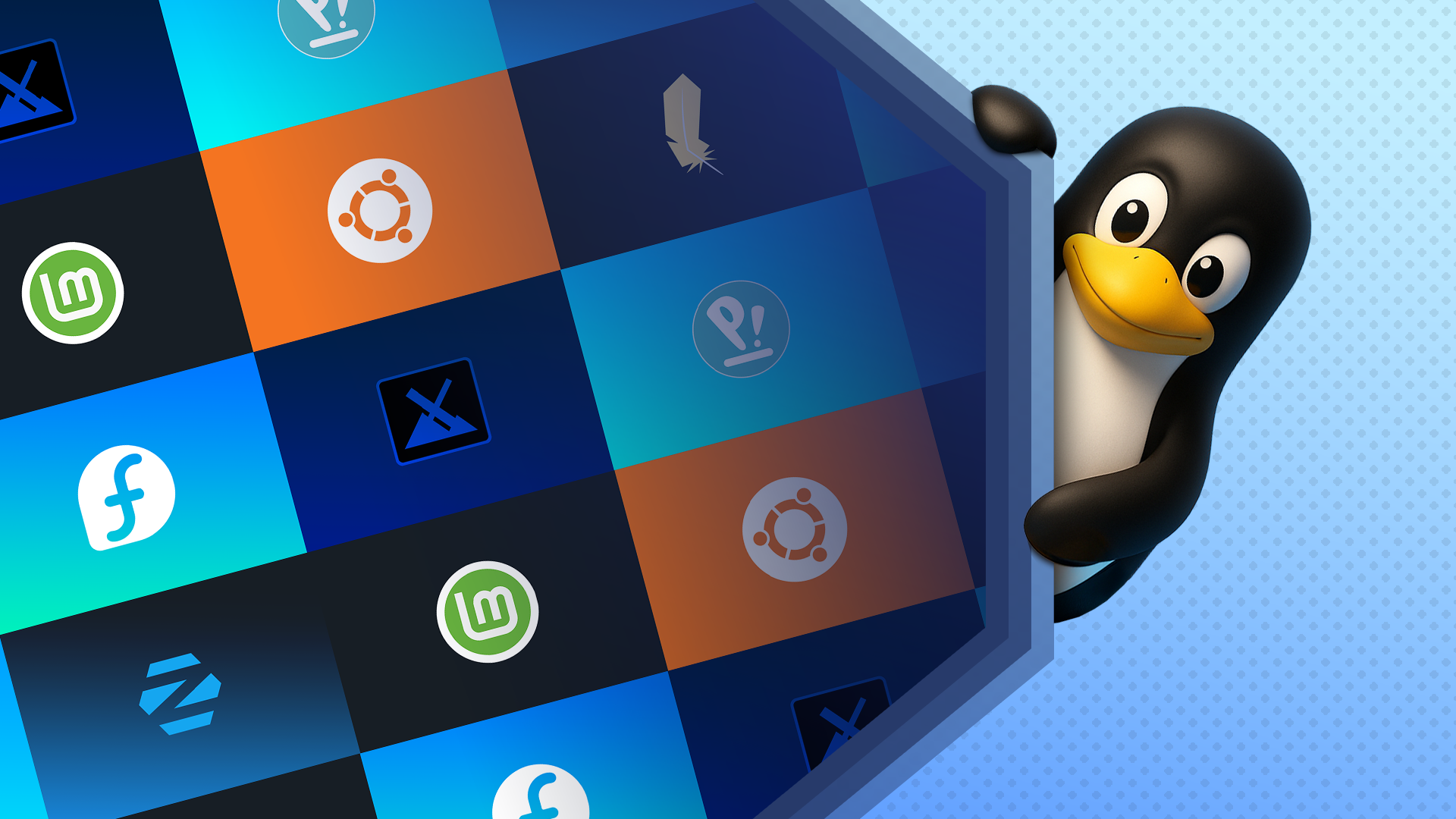
Related
These Linux Distros Are the Best for Beginners to Start With
Ready to explore Linux?
2
Linux Powers Everything from Supercomputers to Smart TVs
Linux isn’t just for desktops and servers. It runs on supercomputers, smart TVs, public kiosks, car infotainment systems, and even spacecraft. In fact, all of the world’s top 500 fastest supercomputers run on Linux, according to the TOP500 list.
Why? Because Linux is open source and endlessly customizable. Engineers can strip it down to the essentials and tweak it for performance. That’s critical in systems like NASA’s rovers or high-frequency trading servers where every millisecond counts.
Once you know what to look for, you’ll start spotting Linux out in the wild. I once saw a Linux boot error on a self-checkout machine and another on a digital billboard at a movie theater. These were the guts behind everyday tools doing quiet, essential work.
It’s also running on devices in your home you probably never think about—Roku boxes, routers, and some smart appliances. If something has a screen and connects to the internet, odds are good that Linux is in there somewhere.
1
You Can Try Linux Without Installing a Thing
One of Linux’s best features is how easy it is to try without committing. Most major distros like Ubuntu, Fedora, and Mint offer a “live” version you can boot from a USB stick without touching your hard drive. Or you can install it in a virtual machine to experiment safely. That’s how I got started with Ubuntu. It’s a risk-free way to explore a new OS. There is no dual-booting or wiping of your main system required.
If you’re curious, you can grab a tool like Rufus to flash an ISO to a USB stick. Plug it in, reboot, and select the USB drive to boot into Linux temporarily. You can poke around, launch apps, and test your Wi-Fi or display settings before deciding if you want to install anything.
Virtual machines are another great option. Tools like VirtualBox or VMware let you run Linux inside a window on your current OS. It’s perfect for experimenting or just learning the ropes—especially if you’re into cybersecurity, programming, or just curious how it all works.
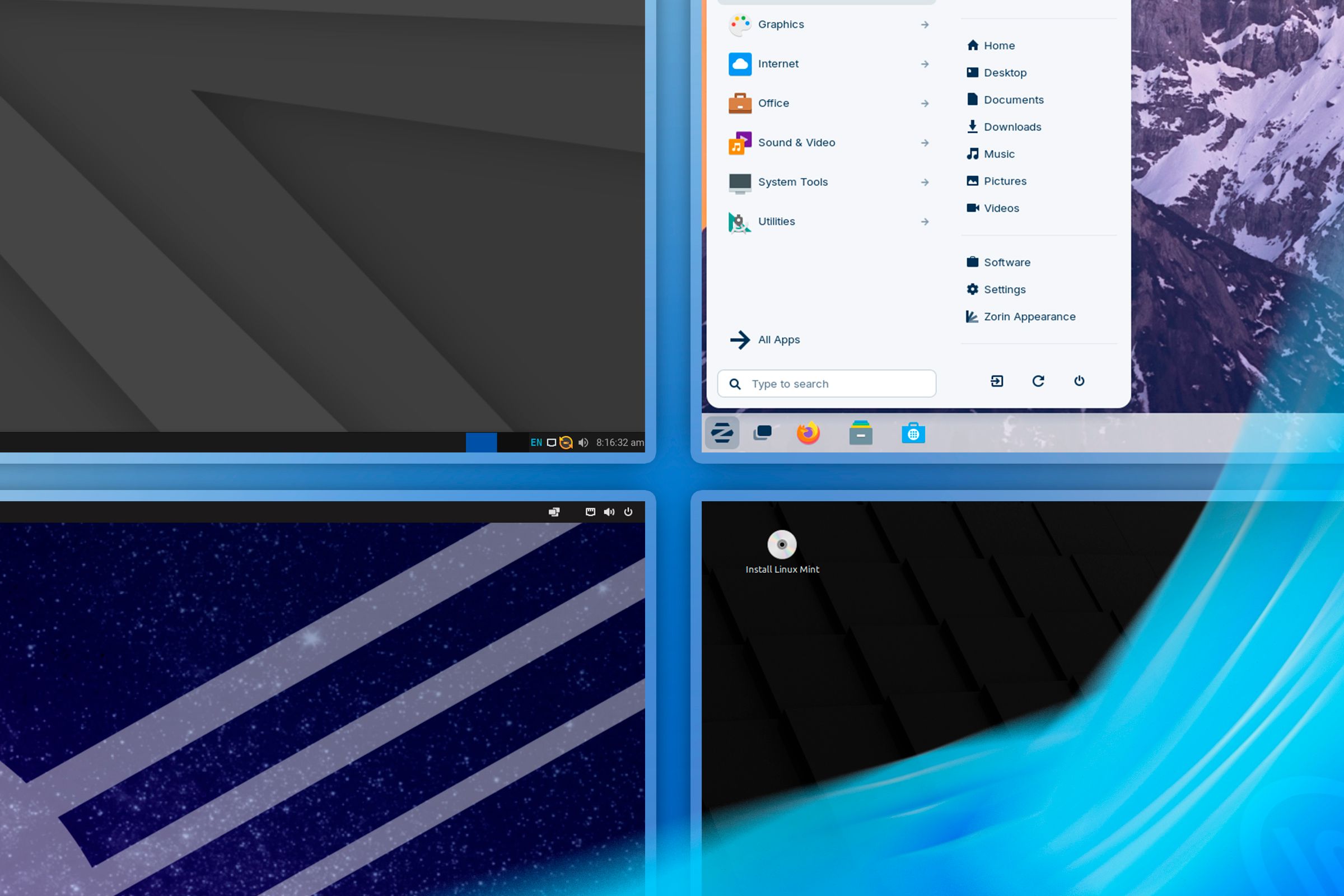
Related
Not Sure If You’ll Like Linux? Try It From Your Browser
Linux is just a few clicks away.
Linux might not be front and center on your home screen, but it’s everywhere. Whether it’s powering your phone, serving your favorite websites, or running quietly in your car, it’s shaping the tech world behind the scenes. And if you’ve ever been curious about trying it yourself, there’s never been a better time to dive in.
You don’t have to be a command-line wizard to get started. Thanks to modern tools, beginner-friendly distros, and massive community support, Linux is more accessible than it’s ever been. And once you explore what’s possible, it might just change how you see your devices—and the tech world around you.
